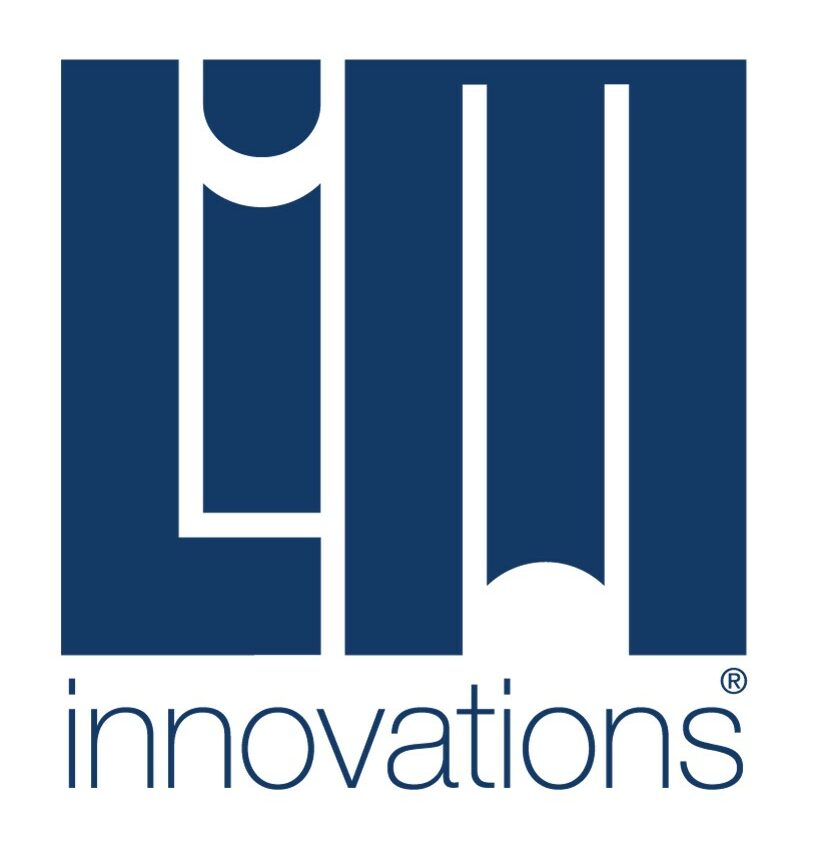I came to LIM wanting to learn. After this last year, I learned so much about prosthetic and even more about CNC machines, and so began my dreams of machines and their code.
My role at LIM is to fabricate many of the custom parts for our prosthetic sockets. We are constantly developing new ideas to implement on existing and future designs. Currently, we employ the use of 3D printers, CNC laser cutters, water jet, and a CNC milling machine. CNC stands for Computer Numerical Control.
Once a part has been designed into a 3D model, it is defined into code for the machine you plan on using. A computer is connected to a machine to automate and repeatedly execute parts precisely. Each machine uses specific materials and has its own set of capabilities.
My personal love is the CNC Tormach Milling Machine. It cuts plastic, aluminum, steel, and titanium all with the right specs. I have spent extensive time with this machine, cutting metal into presses or simple components. Its 3-axis system can cut in three dimensions across the X, Y, and Z plane. This machine trumps other machines at making 3D contoured shapes. Depending on how you orient the part, cutting bits, and other inputs, it can cut organic shapes in blocks of material. This is particularly important when making molds or trying to mimic biology.
Our aluminum distal plates are made entirely on the CNC Tormach Milling Machine. Depending on the amputation type, each of our plates allow different, yet accurate, adduction angles. The distal plate’s interface connects distal components, including knees and feet, by simply mounting one piece.
Many of these machines are integrated into the fabrication of our socket, but we are always looking for new or different ways to make parts. LIM excels at understanding existing machines with new materials and applying it to a better prosthetic socket.
Here at LIM Innovations we pride ourselves on the diversity of our team. We have a fantastic group of engineers, designers, machinists, clinicians, and amputees with relevant experience in the field. With such a diverse group working behind the scenes, we invite you to join one of our staff members each week for an in-depth look at what they bring to table. It is our goal to provide our loyal readers a behind-the-scenes look at LIM Innovations. Kendrick Coburn, Prototyping and Production Engineer, picks up the pen this week to share his love for CNC Machines and how he uses them to create components for the Infinite Socket.

It seems we’re starting to enter the era of “cure that patneit at all costs”. I’m not saying it’s a bad thing though; what I’m saying is, if they have this as a mindset for healthcare, they ought to have the cash to back it up.